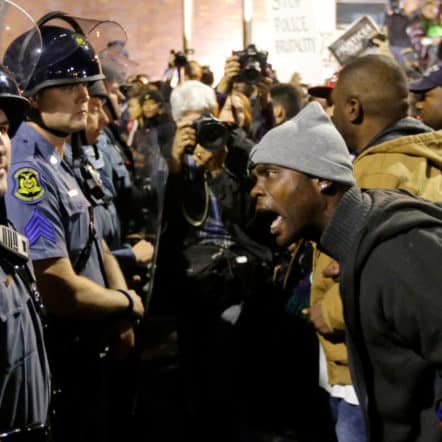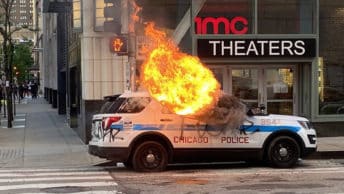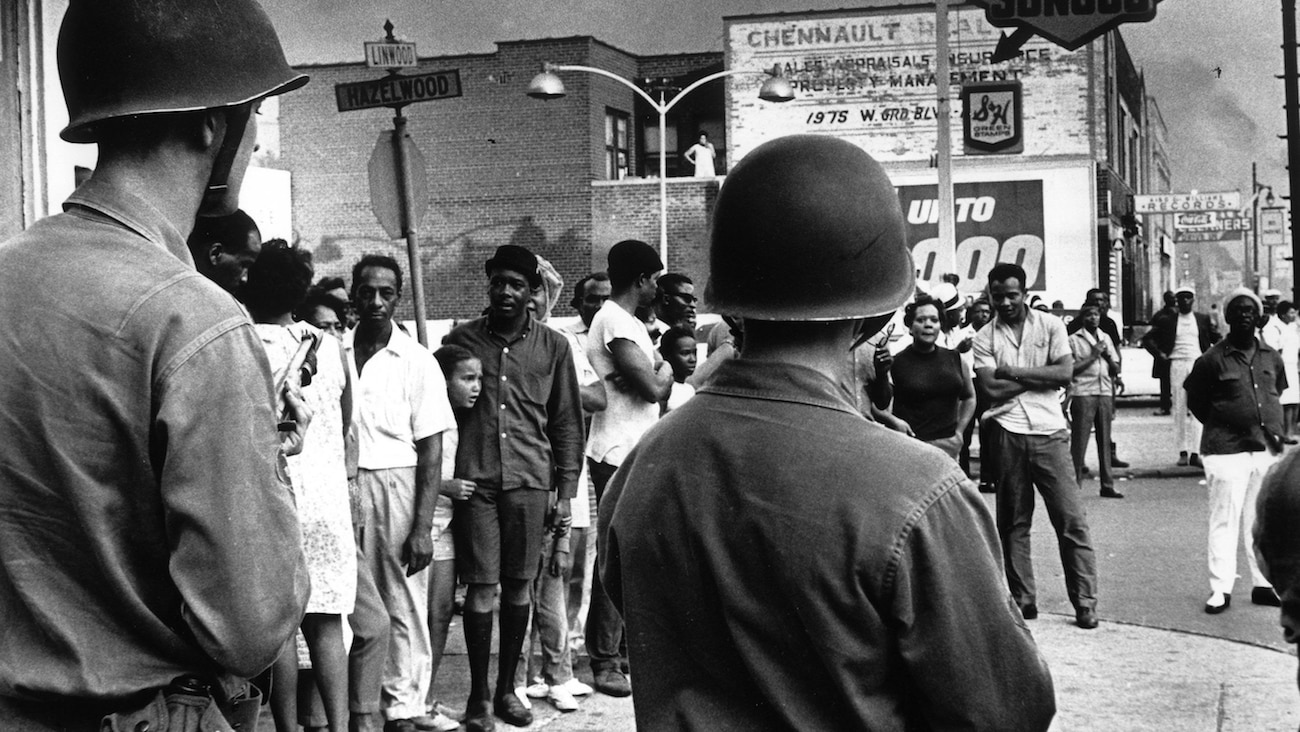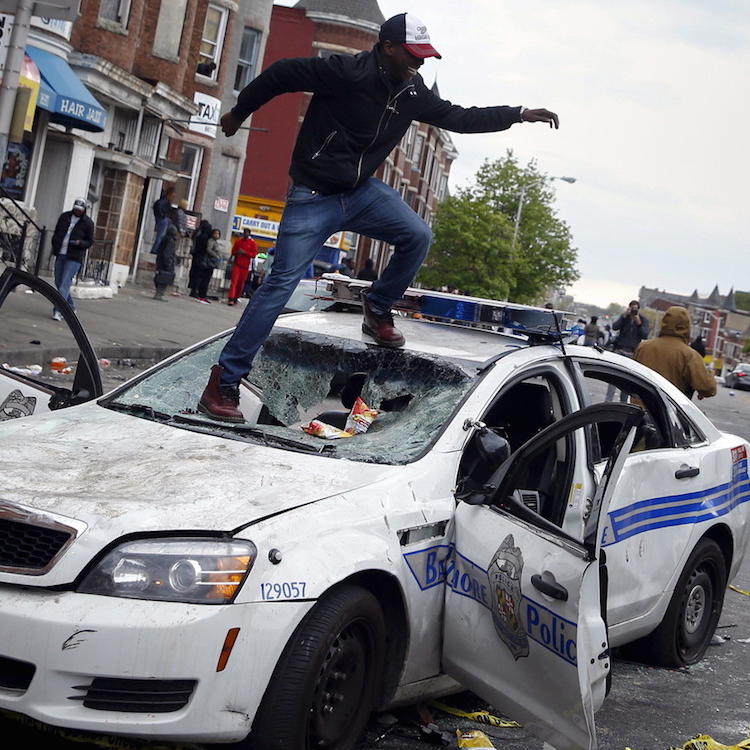George Floyd died in Minneapolis on May 25, 2020 with a policeman’s knee on his neck. The media showed the tape over and over for days. Protestors crowded the streets, followed by rioters, looters, and anarchists. Then, two months later, a police bodycam tape was discovered by the British Daily Mail. It was immediately evident that all the while the destruction, injury, and death had been occurring in cities around the country, Minneapolis city officials had withheld the bodycam tape and, equally irresponsible, the U.S. media had never thought to ask if it existed.
Throughout those months, people of every race and creed were outraged over Floyd’s death. They saw it for what it was—a cruel, unjustified murder of a man who offered no resistance. They also sympathized with the protest but were appalled by the accompanying mayhem and flabbergasted at the increasing calls for defunding or disbanding the police.
I shared all those reactions, and the police bodycam tape made me add to them disgust with the Minneapolis officials who withheld the bodycam tape and the journalists who failed to do their jobs.
Even so, as I watched the tape, another reaction began to take shape. When the police told Floyd to put his hands on his head and get out of the car, he begged them over and over, “Please don’t shoot me.” When he was handcuffed without resistance and turned toward the back door of the police car, he said again and again, “No, don’t make me get in the car—I’m claustrophobic.” I wondered why he was so terrified for no apparent reason. It seemed clear he either was suffering from a mental condition, under the influence of drugs, or both. Surely the police noticed this, I thought.
Playing the tape once more, I noted the time at the bottom of the screen move from 2 minutes to 3, 4, 5, and beyond while the surrounding scene remained quite calm. The need for action was obviously not urgent. Floyd was handcuffed and not resisting by word or behavior. He was, however, clearly terrified of being forced into the police car. I asked myself what the simplest and best solution would have been, and the answer was this:
One officer should have stepped aside and called an ambulance, so Floyd could be sedated and taken to a hospital for evaluation. While awaiting the ambulance, the other officers should have spoken calming words to Floyd—“It’s all right. We understand you’re claustrophobic. We won’t make you get in the car and we won’t hurt you. Let’s just stand here and talk for a little while. That will be OK, won’t it? Say, which football team is your favorite? Are you a Viking fan?
The next question I asked myself was this: If the situation in the Floyd case was under control, the need for action was not urgent, and the solution was elementary, why didn’t the officers choose that solution? They must have either considered it and rejected it, or not considered it at all. That suggests that the solution I described was either not taught in the academy or taught so poorly as to be forgotten when needed.
The responsibility for ensuring police training rests with their supervisors, chiefs and commissioners, and especially to their police academy instructors. Nevertheless, it would be naïve to pretend that all students are perfectly disposed to learning what is taught. How well they learn depends on their attitudes, some of which may prevent them from processing certain lessons. Here is what I mean:
Some officers (like the rest of us) bring to the job prejudices from family or neighborhood. The prejudices may be toward Blacks, Whites, Hispanics, Asians, Italians, homosexuals, transsexuals, women or men, and so on. Such prejudices may be strong or weak and thus interfere more or less with the requirement of treating everyone with equal respect.
Even if raised in non-prejudiced families, officers may form prejudices based on their experiences on the job. For example, if their police experience is focused on Hispanic gangs, such as MS13, they may develop a tendency to be more wary of Hispanics than others. Although not reasonable, this tendency is understandable.
Some officers, though not prejudiced toward any group, tend to be belligerent toward people in general. They have attitudes such as —“No one is going to disrespect me or my badge” and “If anyone is looking for a fight, I’ll give him one.” In many cases, they almost seek to take offense, even where none exists. Individuals like this are more likely than others to abuse, aka administer a “tune-up,” to suspects in their custody.
Some officers become cynical or suspicious toward others. Years of encountering the darker side of human nature in their work can produce this tendency. As a result, they form the habit of looking for signs of suspicious behavior, sometimes to the point of misinterpreting—for example, regarding fear or nervousness in people they encounter as proof of evil intention or criminal guilt.
Many officers who are neither prejudiced, belligerent, nor suspicious toward others and conduct themselves admirably in their police work are nevertheless inclined to honor the “code of silence” about other officers’ offenses. This “code” is not uncommon among those in dangerous jobs that demand mutual trust and loyalty. Though natural, it is problematic and adds to the difficult of reforming police departments.
These examples illustrate how difficult it is to develop highly successful training programs for police officers. But more importantly, they underscore the need for such programs. Accordingly, they expose the utter absurdity of defunding and disbanding police departments. A glance at the dramatic increase in crimes against people and property when police have been prevented from doing their jobs makes this clear.
We need more police, not fewer, and that costs more money, not less. It also requires more expansive (and expensive) training to develop the habits, attitudes, and response behaviors of police officers. Failing to meet these needs will enable anarchists to put our civilization at grave risk.
Copyright © 2020 by Vincent Ryan Ruggiero. All rights reserved







